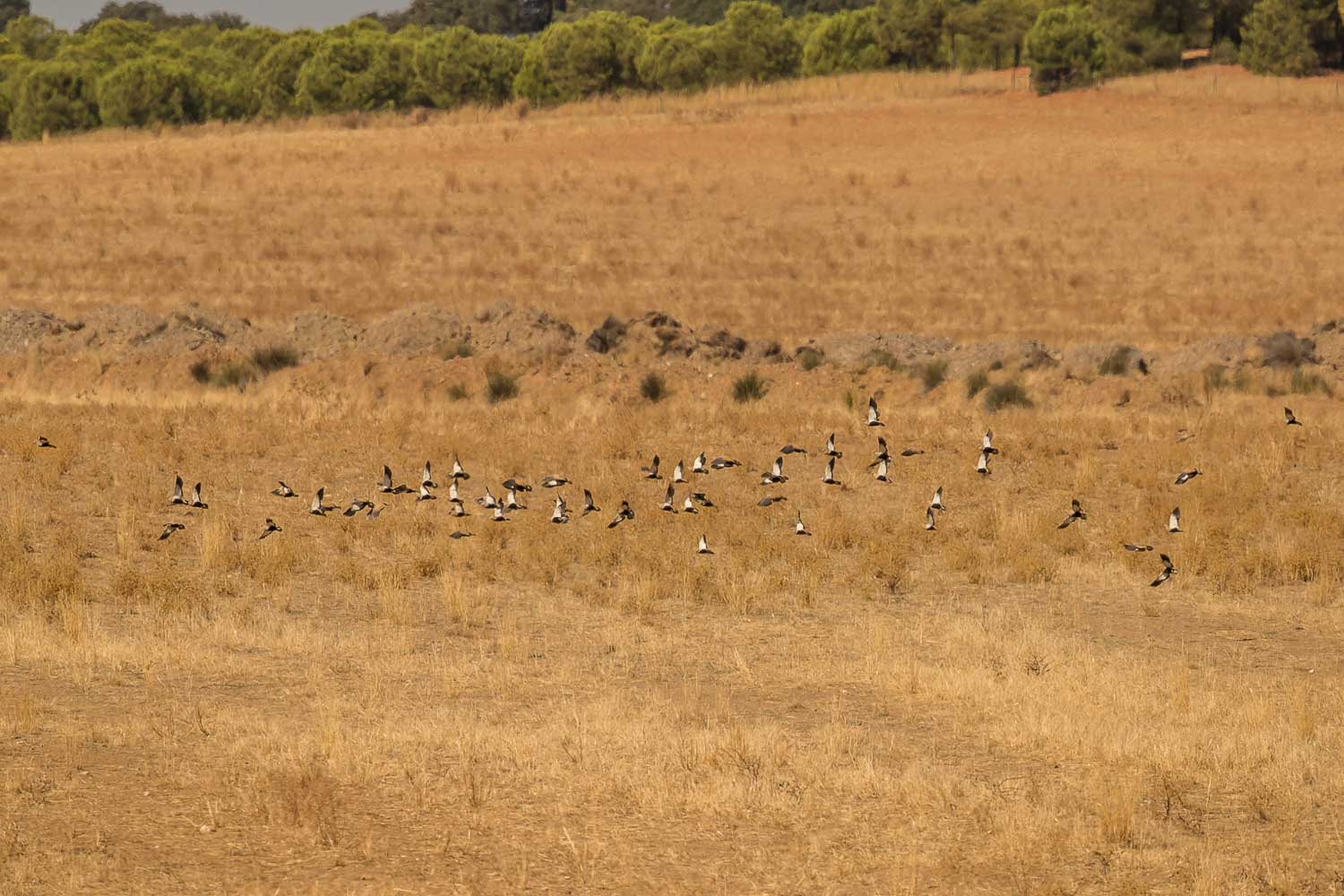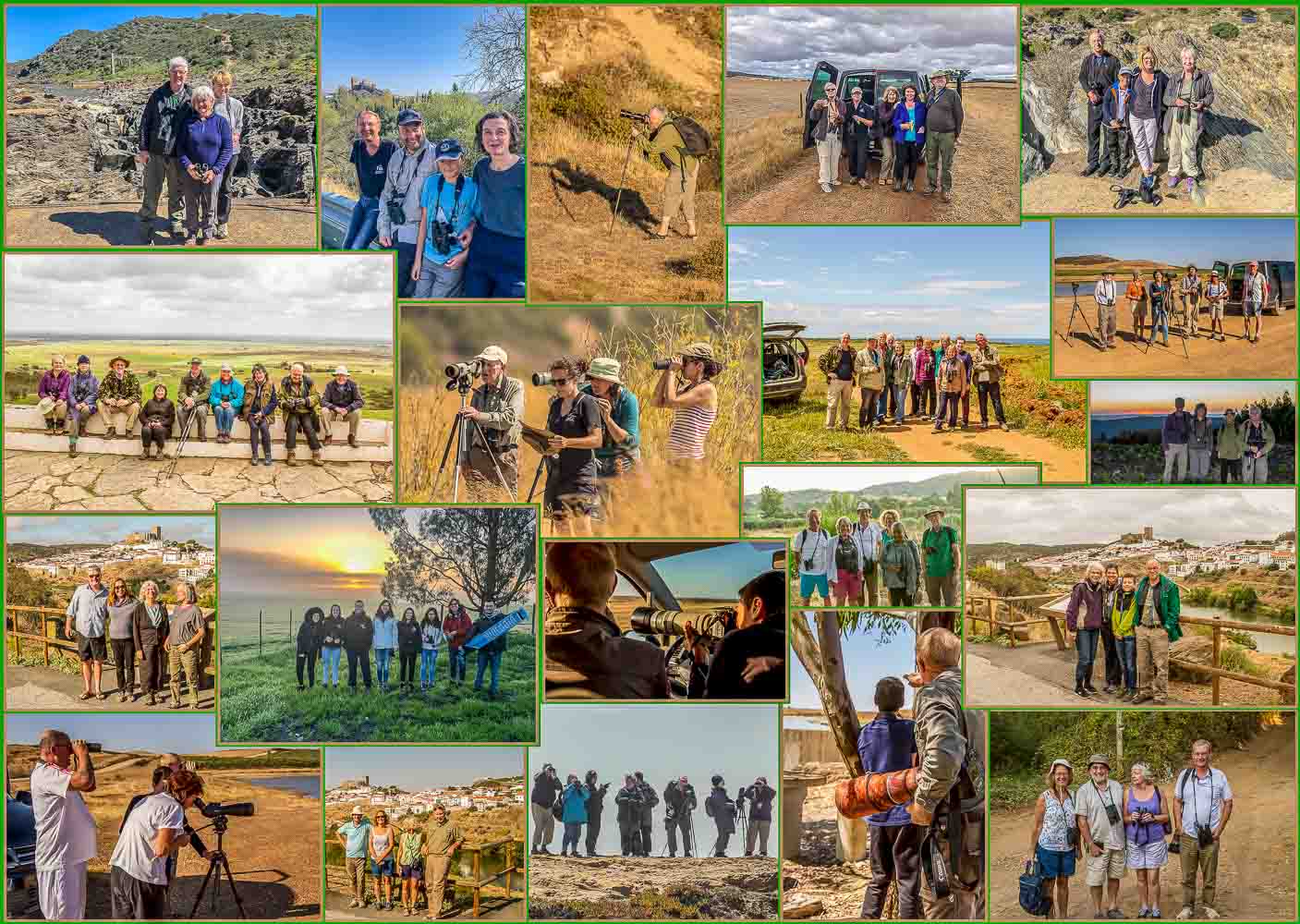
Above are some of the groups we've taken out birding this year - I think the smiles talk for themselves and you can see we've had a good time not only seeing the birds, the countryside, the flowers, the insects and the mammals but photographing them too. We always give what photos we as Guides take to the guests on any given day so that they have a real souvenir to cherish and remember what we saw, and I do my best to publish these photos on this blog and in articles - but when we're as busy as we have been there simply isn't enough time to do them justice, so I've chosen a few that I thought you'd like to see that didn't quite make the cut, either through lack of time or space to post them.
There're quite a few and posted here in no particular order, so grab yourself a cup of tea, get a good chair, sit back and enjoy them!

It's hard enough to find Common Quail, and when they flush it's normally fast and furious action, and one has to be prepared and quick off the mark, so I was doubly pleased to be able to catch this pair - not the best shot but I was pleased with it nevertheless.
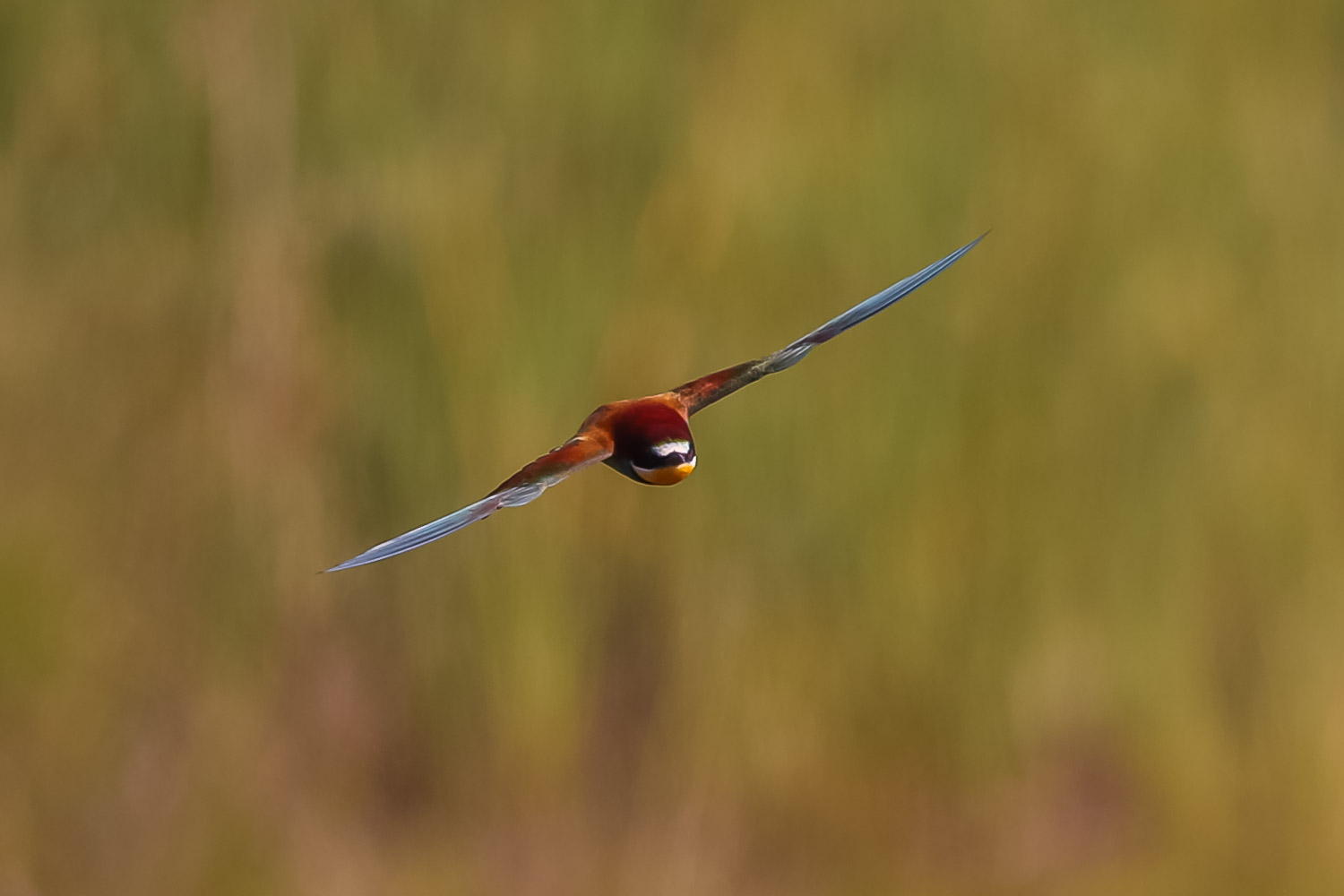
The average number of Little Owls in this area is 7 - 10 pairs per sq km, so we see a fair number. They're not shy and are relatively easy to find, but they always make a good subject, none more so than this one.
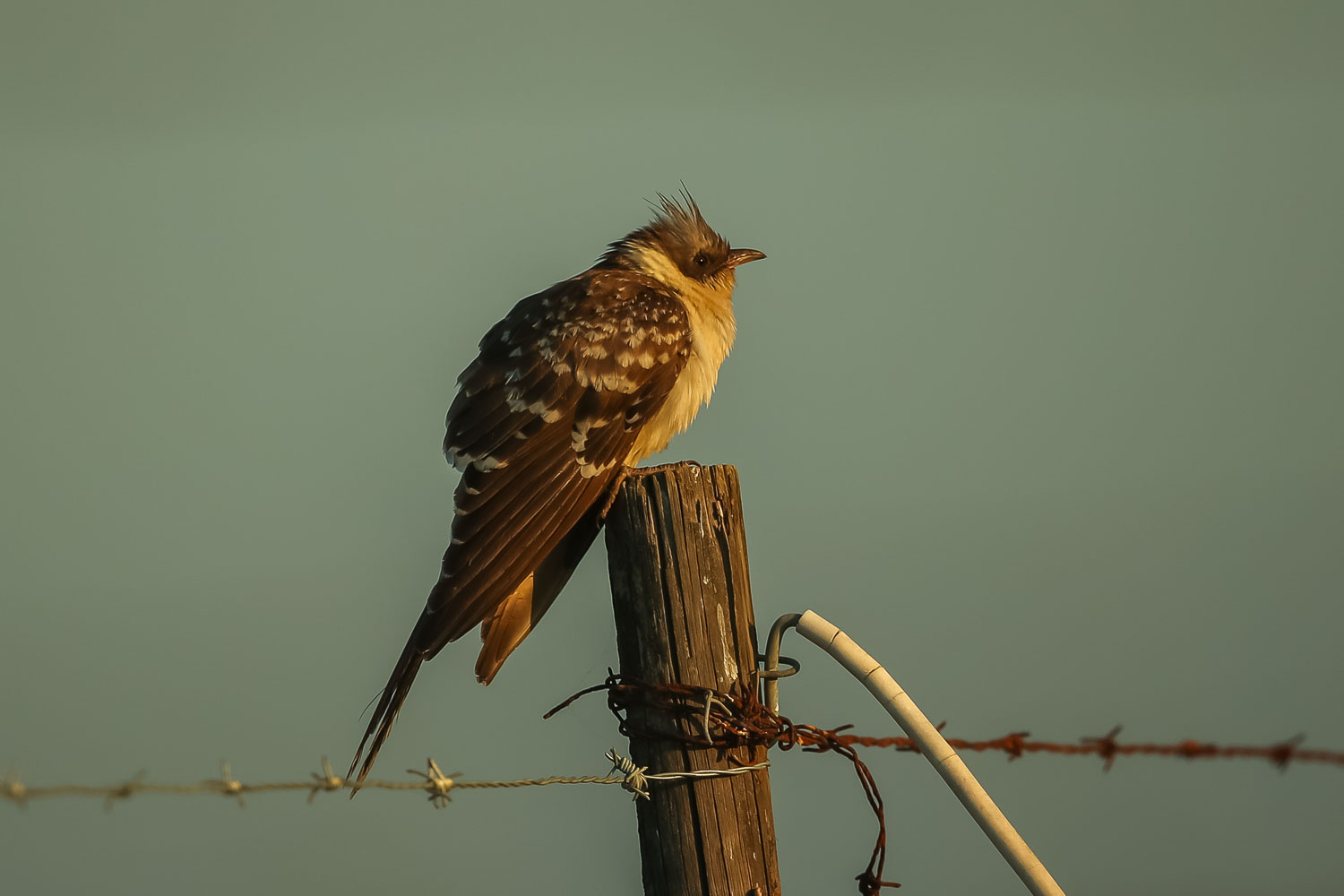
Sharp-ribbed Salamanders look like they come from another age, and their defence strategy is suitably unsubtle. Those faint red spots down its flank? That's where they push their own ribs through their skin should they feel threatened. They have a life expectancy of 20 years and we have a resident one living outside the back door who comes out on damp nights so we tread lightlywhen it rains!

Black-winged Kites are a favourite and I see them a great deal as they're always on someone's "Wish List", but this pair were displaying, nest building and mating in October which took me by surprise.
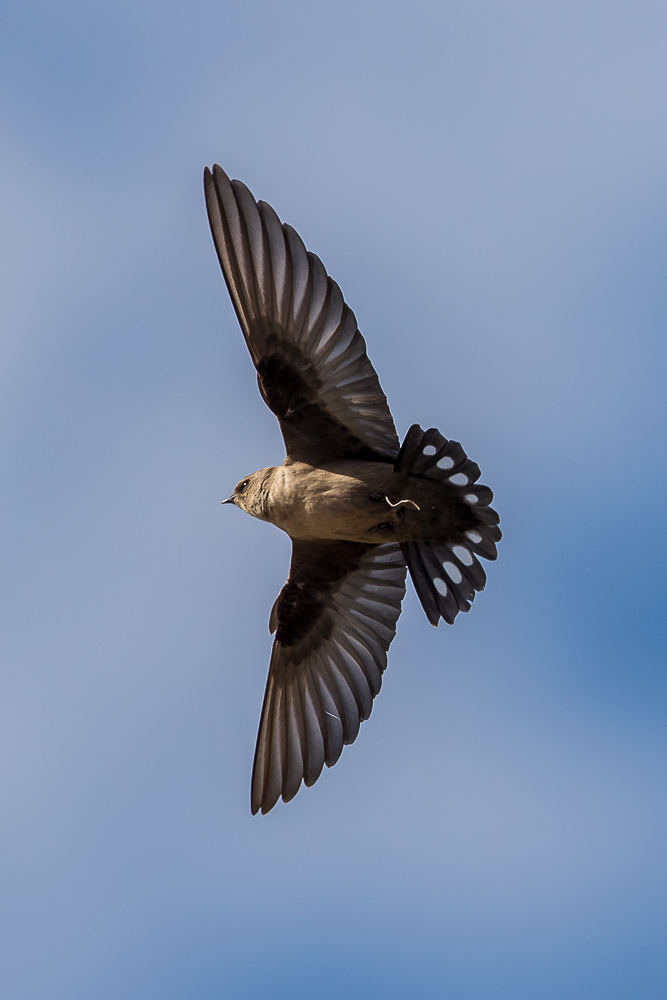
This might not seem such a worthy shot, but it's of a Crag Martin and their diagnostic feature are those white windows in their tail - you have no idea how many times I've tried to capture a shot with their tail spread so we could see them!

Talking of "Wish Lists", this is another species always high on everyone's list, and it's not so often that we see Golden Eagles - it's even rarer that I actually manage to grab a shot of one and get it in focus against such a busy background!

Occasionally it's those mundane things one sees every day that catch one's attention, and this spider's web glistening with dew in the first rays of dawn was just such an occasion.

A female Copper Demoiselle signals her readiness to mate to an incoming male. A fast shutter speed and a lot of luck to get them both in focus.
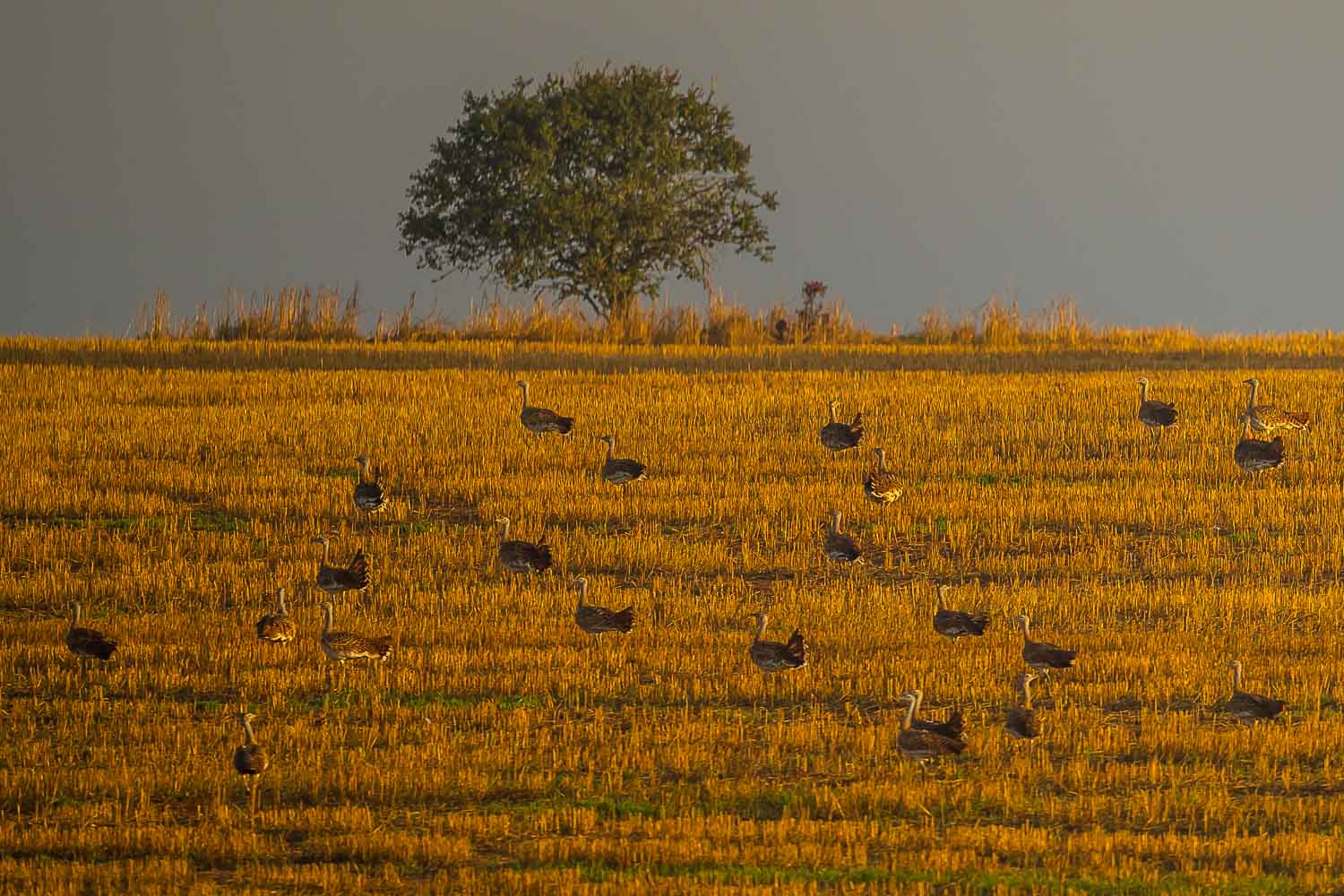
A small drove of Great Bustards foraging through the stubble. We're lucky to have a good number of these iconic birds near enough to the Quinta to be reachable.

A Migrant Hawker in flight - a fast shutter and a great number of failed shots before I was lucky enough to capture this beauty.

Tree Pippits come through southern Portugal in significant numbers during the Autumn Migration, fuelling up for their onward flight south.

I adore Wrynecks and am seldom happier than when I succeed in capturing a decent photo of one - this one sat up nicely for us, and was a hit with the very capable birders I was out with that day.

The same day that we saw the Wryneck above we were actually looking for this Green Heron that had been blown across the Atlantic from Central America. We dipped on it that day, but I managed to find it a few days later with the same group just before they boarded their plane home, so they left satisfied. It caused a big stir among Portugal's twitching fraternity as it was the first time one had been recorded in Portugal.

I hope he sticks around for a while, though I wonder how he'll get on with the resident Little Bitterns.

The same area is the place to look for the only Chameleon to be found in Europe - but they're hard to spot of course and I usually only find one or two a year - of course it doesn't help that my eyes are normally skywards ...!
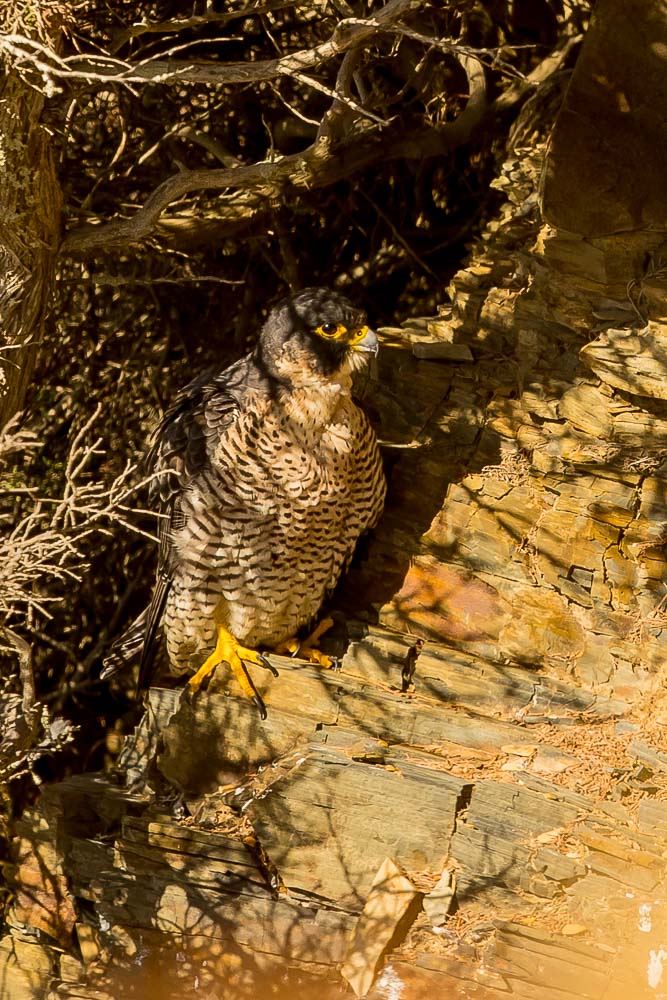
A little bit of local knowledge is invaluable sometimes, and getting this Peregrine was just such an occasion. It was sunny but blowing a gale with the clouds scudding across the sky and we we'd stopped off to have a quick look out to sea, but it was proving difficult to find anything and hard not to be blown over the side, so we were just about to call it a day when I asked myself where a self respecting Peregrine would be on a day like this, and sure enough, there he was, sheltering out of the wind under a bush half way up the cliff.
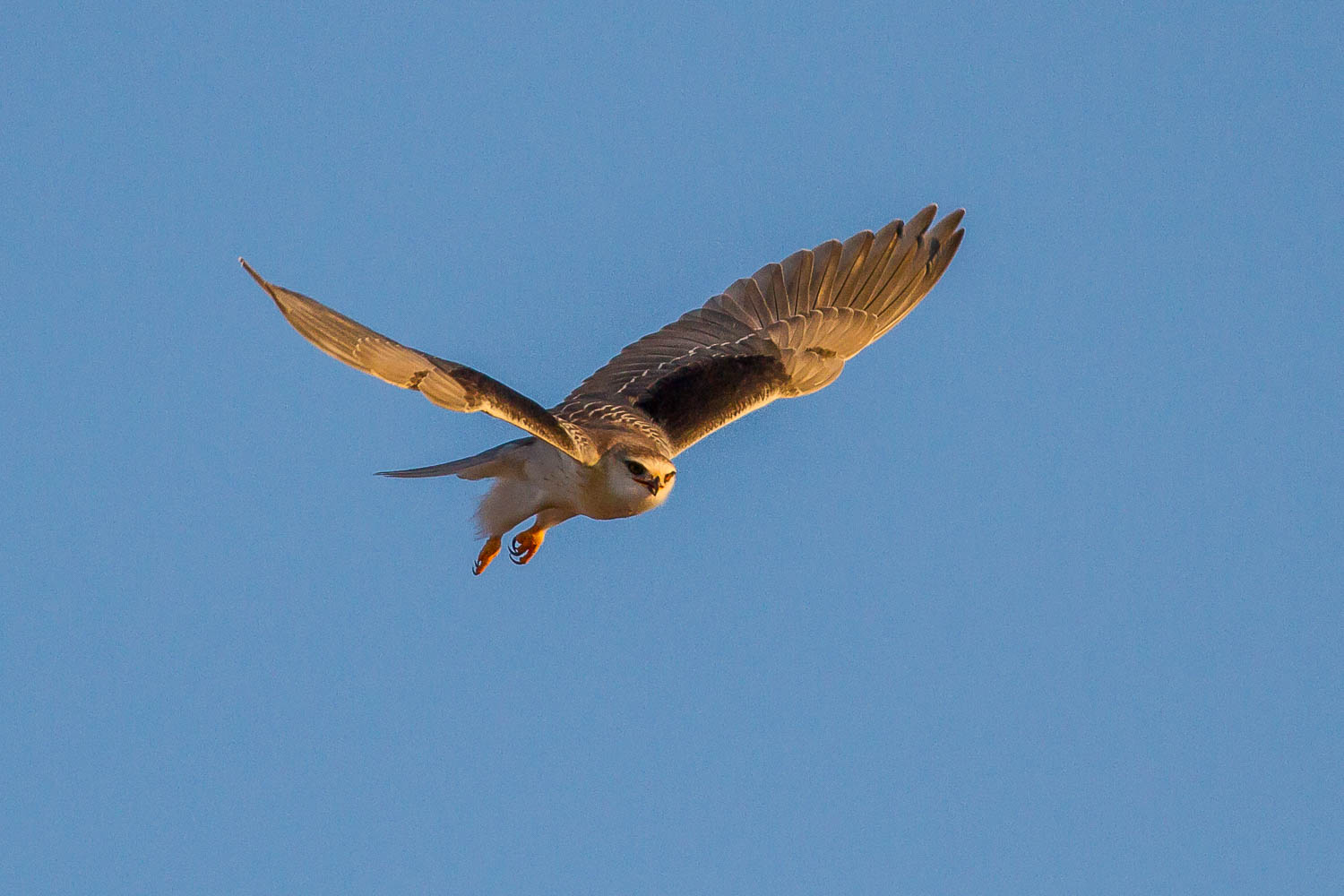
Another shot of a Black-winged Kite, a juvenile this time and rarer still, one flying towards me rather than away!

Speaking of rarities, even though they're very common, it's not often one finds a Wild Boar in daylight and rarer still to find one this close and confiding as they're normally very shy, but this individual didn't seem to mind me being close and carried on rootling away as if I didn't exist.

While we're talking about a species that's common but shy, the Iberian Magpie covers the countryside in large and scattered, noisy bands, but getting close to ne is never easy. However, in the false environment of the Algarve's semi-closed Villa Communities they've learnt that Man is not a threat and their behaviour has altered accordingly.

With an ageing and sparse population hereabouts there are many abandoned houses that go through various stages of decay before finally becoming ruins, and one of these is to be used as a stable, but it's always incongruous to see a donkey staring at one out of an otherwise normal house.

Another species high on our guest's Wish Lists is the Spanish Imperial Eagle, here a sub-adult giving us, literally, the "once-over".

The Egyptian Mongoose is a species one doesn't normally get a chance of seeing well as it's very shy and prefers to slink quickly along and keep out of sight, so I was overjoyed when this one looked back at me for a second as it scurried away through a field of young corn.

Always a majestic species, the Red Kite has come back from the brink in the UK over the last fifty years. Of course we've always had them in reasonable numbers down here, but only over the winter months and staying on for the first few weeks in the Spring, so I love capturing them with the early morning light and fresh green grass.
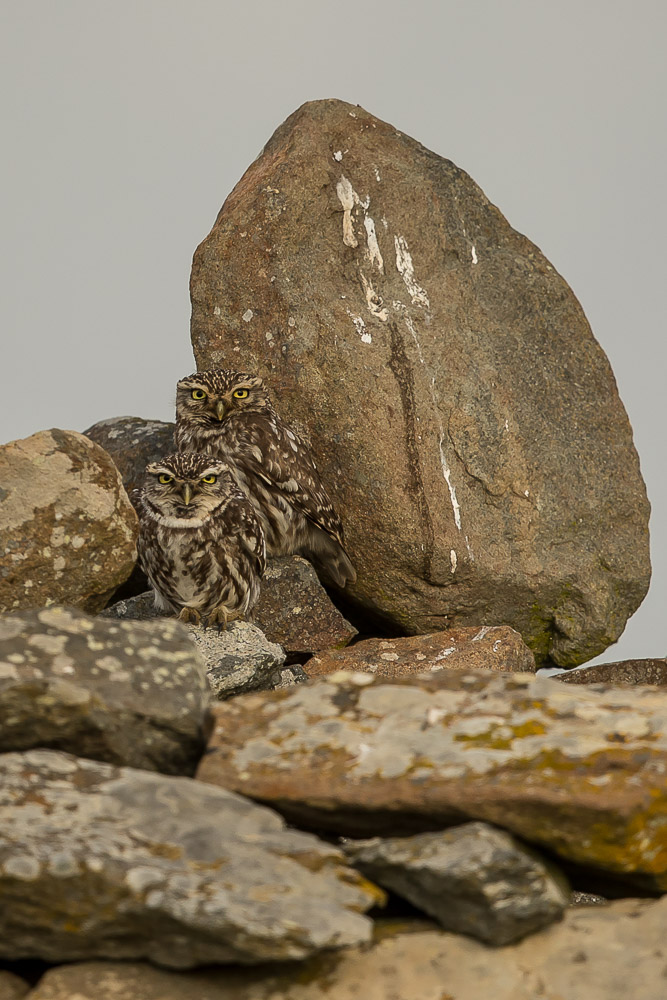
With a lifespan of approximately 15 years, diurnal and with territorial habits, once one has found a Little Owl's nesting site one is likely to see them there every morning and with patience and a liitle luck one can habituate them to one's presence and get surprisingly close, but it's normally only during the early Spring that both male and female are out in the open together.

At other times of the year they often adopt a lower profile and can be difficult to spot!

Montagu's Harriers are common on the Plains during the Spring and Summer months, but it's uncommon one comes this close to humans, so we were lucky with this individual.

I've had a soft spot for Long-tailed Tits ever since I rescued an extremely angry chick that had fallen out of its nest, and this year we were lucky enough to have a pair nesting very close to our Water Rail Hide so we often had good views and were able to note how much darker they are here in southern Europe than further north.
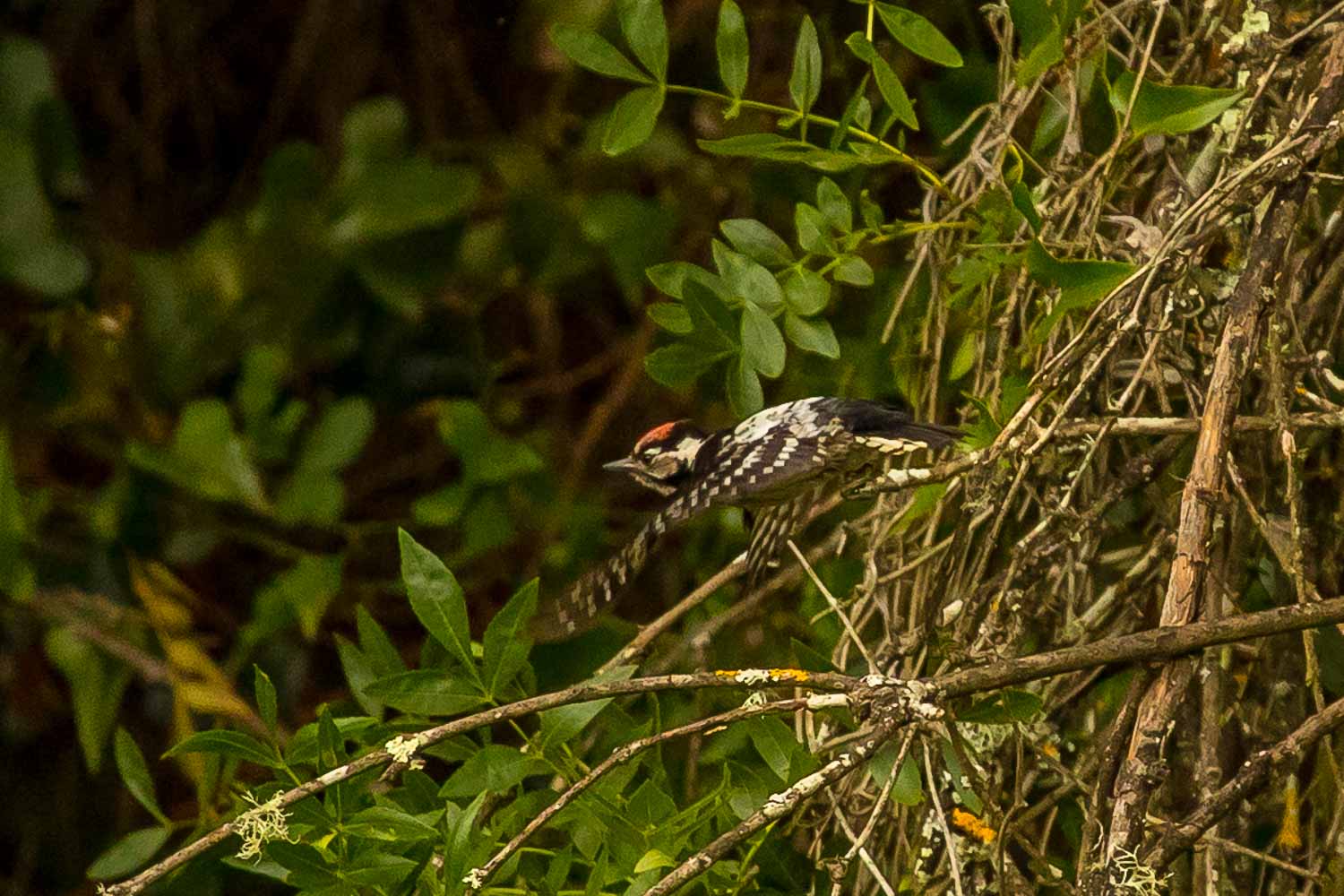
Another species that paid us more than one visit down at the hide was this Lesser Spotted Woodpecker, and I was lucky enough to get a quick shot of it in flight.

Another Woodpecker that finally fell well to my lens this year was this adult Iberian Green. Subtly different than the more common European Green, I've only ever been able to get a good shot of juveniles before so I was pleased as punch with this one.

Great Crested Grebe's have a long and complicated mating ritual which begins with mutual gathering of nesting material and shaking and bobbing of heads, as above, when their gaudy head feathers seem to become more like manes than feathers.
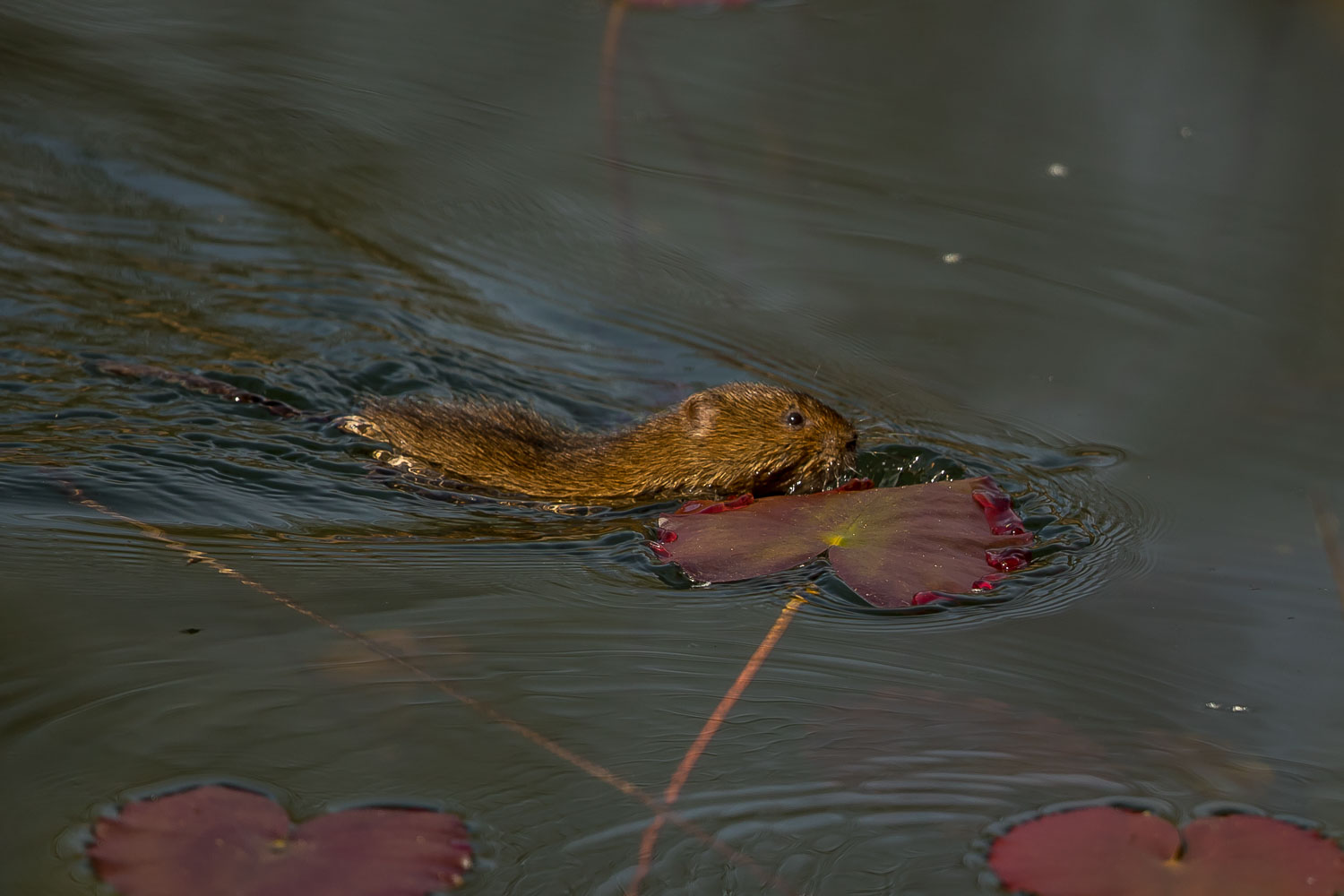
This is a particular friend, a Southern Water Vole. It's classed as "of concern" but we're lucky enough to see them regularly from our Water Rail Hide in Santa Clara. It's the same size as a small rabbit, so completely different from the smaller, more common, northern species.

I dread to think of the number of failed shots I've thrown away of Firecrests. They're tiny, they never stop moving, and they're never in the open or in the sun, so any half-decent record is a success.

Another woodland species that's normally difficult, but that I cracked in splendid form this year, was Short-toed Treecreepers. Normally they're backlit terribly and more often than not right up the top in among a tangle of twigs and other business - but not this time!
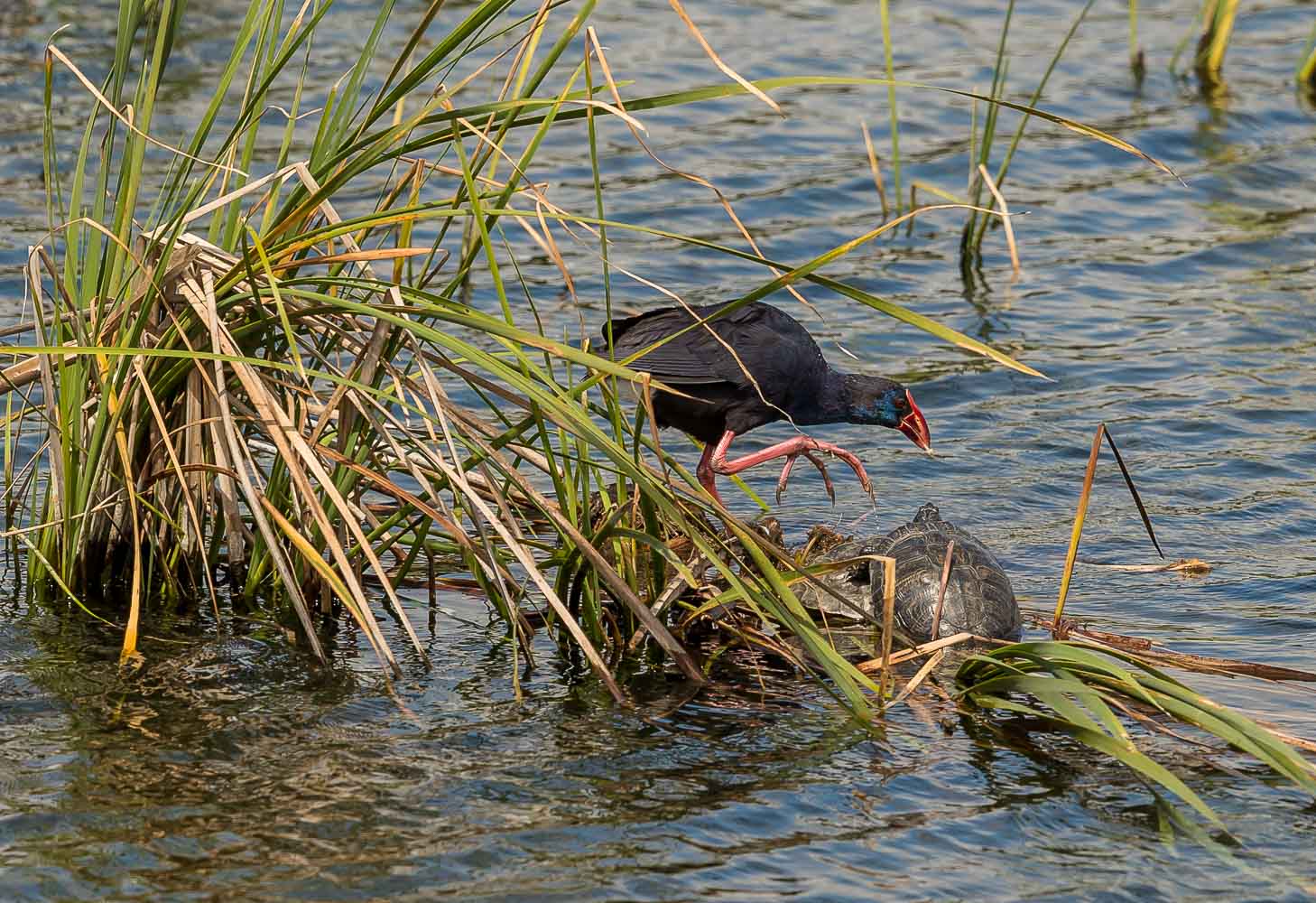
A common enough species really, though we're right on the edge of its range so it's nice to have it around. Most easily found in the Algarve, the Purple Swamphen's nemesis there is more often than not a golf ball, as it spends a good deal of its time wandering the courses.

The harbinger of Spring, the first Barn Swallows usually pass through here in the third week of January, though our particular nesting pairs arrive at the Quinta a couple of weeks later. This shot was taken on a particularly cold morning in April and one can almost hear these two grumbling about the weather!

It wasn't only the Barn Swallows that were finding it cold - this poor Tawny Pipit was left wondering when it was going to get warmer too.

This Scaly-breasted Munia was a very unexpected find one day near the Lagoa Sto André. Originally from south east Asia, it is an escaped cage bird with a resident population near Lisbon, but I had never seen one this far south.

The Lagoa Sto André is one of the best places in which to encounter the Iberian race of Yellow Wagtails.

A common orchid from around the Quinta during the Spring, the Tongue Orchid can only really be confused with the much rarer - but still locally found - Heart-shaped Tongue Orchid. Sadly we failed to find any of the latter this year - not without a good deal of trying I might add!

Another common Orchid nearby is the Green-winged Orchid, that comes in a variety of colours, but usually purple ...

... or white.
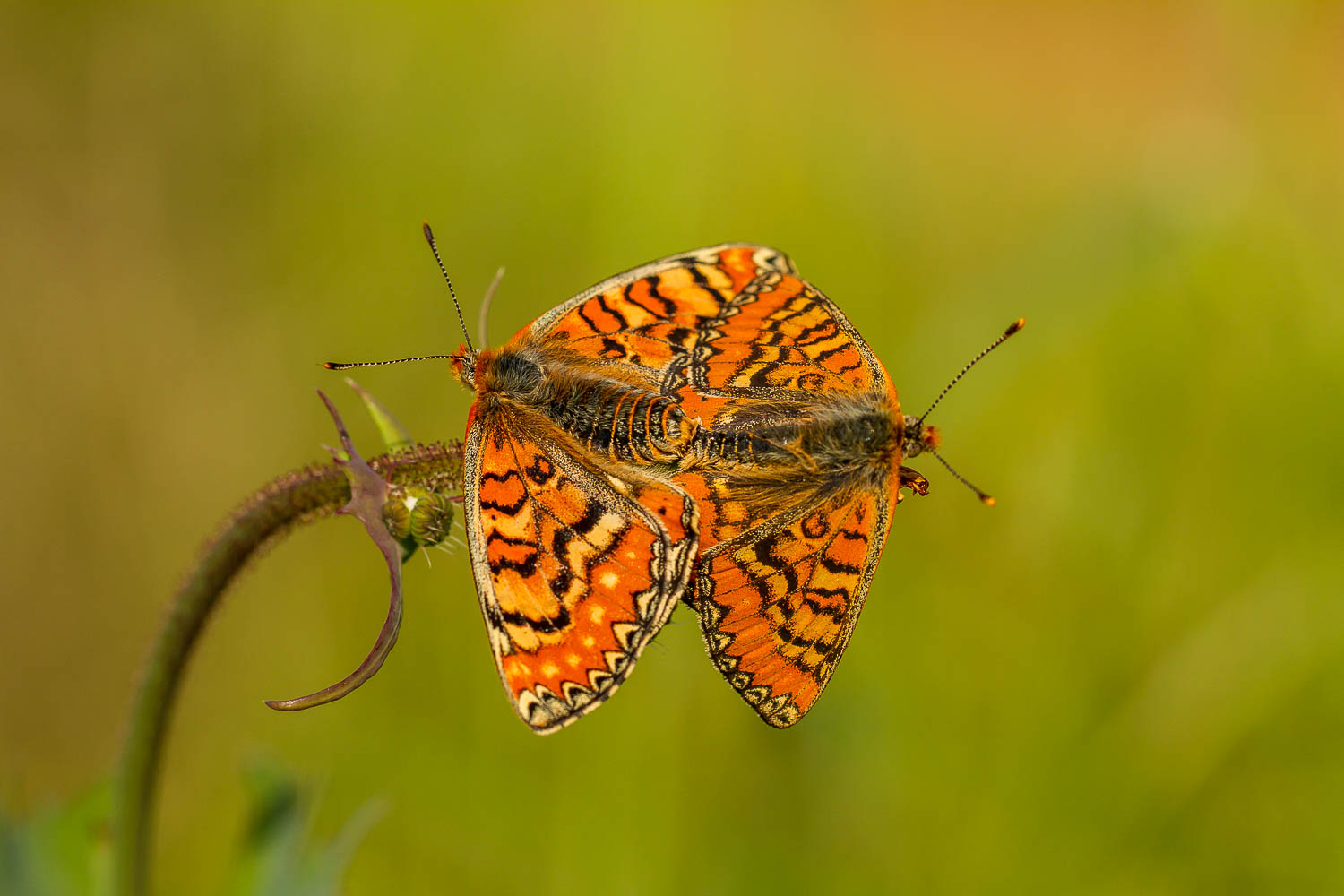
Tony, our Butterfly expert, was over the moon when he found these copulating Spanish Fritillaries, and I was too, as, for once, they stayed in one place long enough to get some decent shots, both topside ...

... and bottom! Gorgeous, aren't they?

A tad out of focus, which is why this Cleopatra didn't make the cut, but it was good practice and next time I'll get it right...

Driving, leading and photographing means that, in the vast majority of cases, I am simply unable to spend the time necessary to get the shots I would like, but occasionally I'm lucky enough to be in the right place at the right time, and this Booted Eagle with its unfortunate Stone Curlew prey was just such an opportunity.
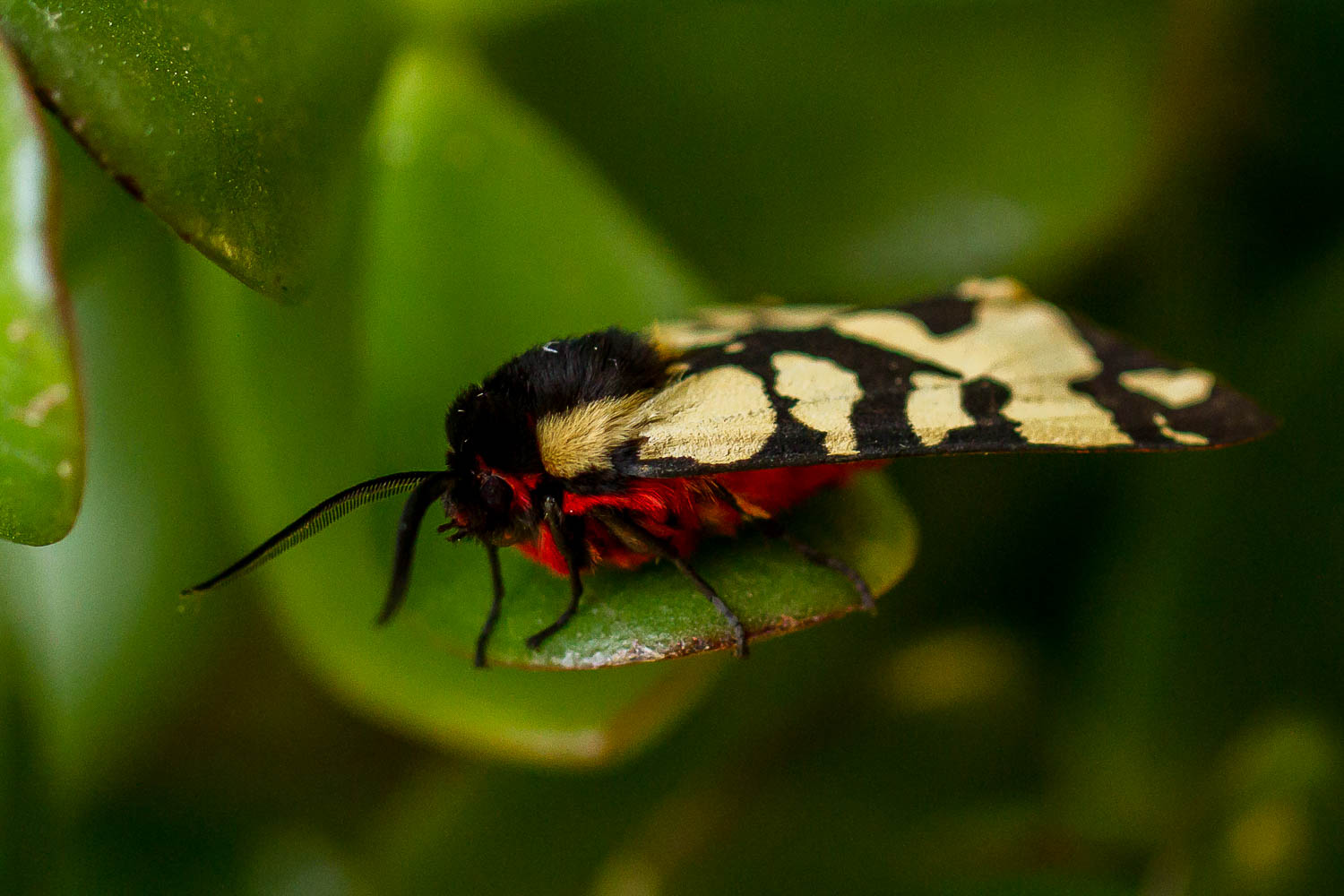
I'm lucky in many ways, but one of the most lucky aspects of my life here is that experts in many fields come to stay and seem happy to spend time educating me. Finding this Cream-spot Tiger Moth was one such occasion this year, and I was blown away by the beauty of the creature.

Another find around the same time was this Conehead Praying Mantis, (Empusa pennata).

Here she is, full length.
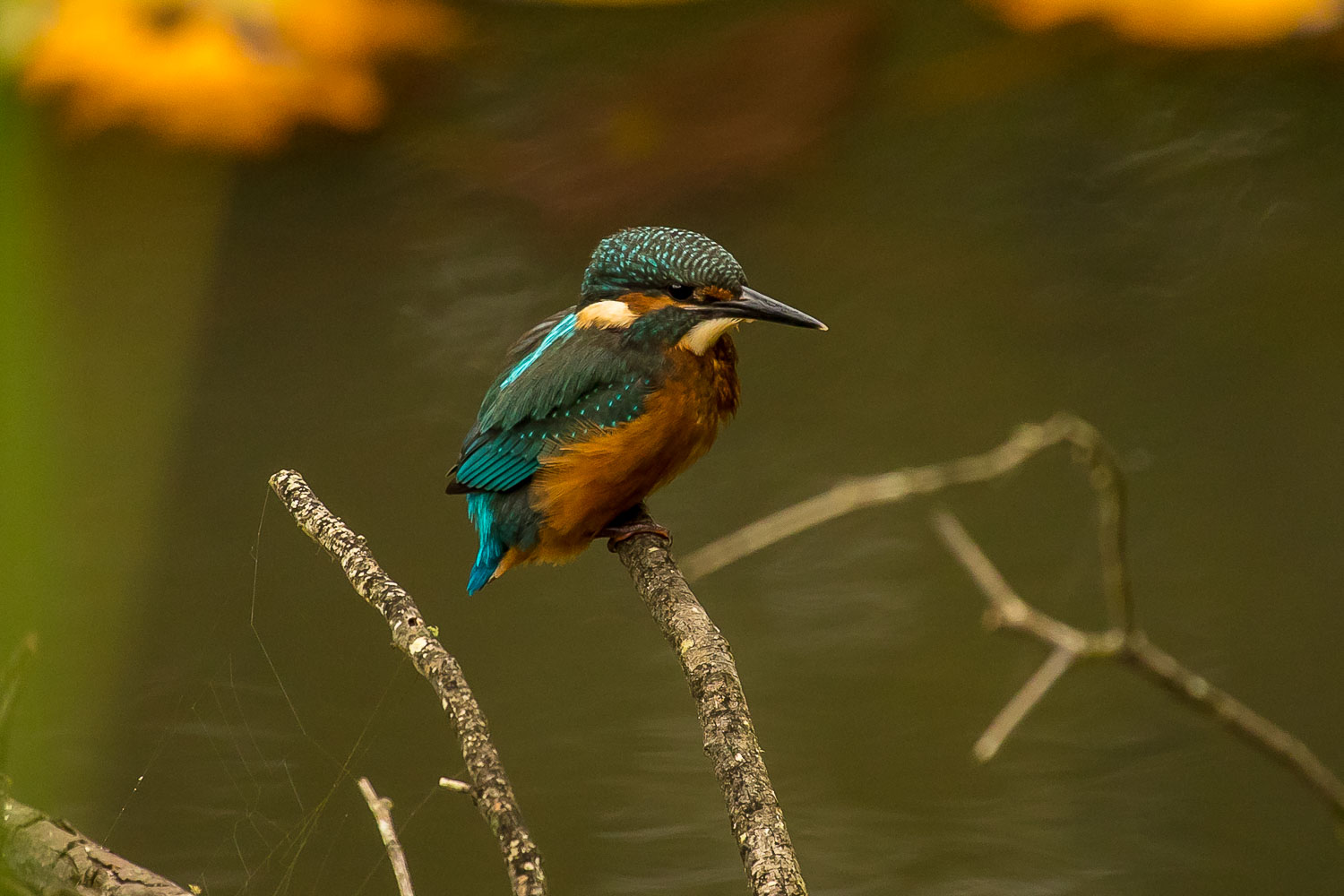
Our Water Rail Hide down in the village produces its fair share of sightings, and its family of resident Kingfishers are always a delight, especially when the chicks first leave the nest, at which time they appear quite fearless and confiding.

Wheatears in general appear never to have a feather out of place and Black-eareds are everyone's favourite.

The more I see of Dragonflies the more I like them, and any day one is able to capture a decent shot of one is a good result. Finding this Green-eyed Hooktail was no exception.

Tony found this Hoopoe nest in the Corte Brique Valley this year and many of us spent happy times under various pieces of camouflage watching the adults bringing in food for the chicks.

The ubiquitous Stonechat which seems to be on every other bush hereabouts.

Sometimes though, even the birds one sees every day are just in the right place and in the sun, and I love this simple shot from a few weeks ago.

Blackcaps too are very common, but this one sat looking at me and, as I've been a Bournemouth supporter for over fifty years now, the contrast between his cap and the red berries hit the right spot for me!

One has to grab the shots one finds, and I loved this puppy not being quite brave enough to join his brother outside.

Only those who have spent years trying will understand the difficulties in getting a decent picture of a Kingfisher flying towards one, but next time I'm successful at this I hope to have him in the sun.

This Spring was wet, cold and seemed to never warm up at all. Sometimes of course it had that indescribable light that brings the best out in a subject, but more often than not any self respecting bird was tucked away in the densest thicket, but luckily, having driven a good hour and a half to find this species, on this day the Spectacled Warbler was out there in the rain giving us its all.

Bee-eaters normally prefer a higher perch from which to swoop down on their insect prey, but this one was resting from a stint digging its nesting burrow in a nearby sandy bank.

Mole Crickets are extraordinary creatures, digging a convoluted hole shaped roughly the same as a human ear, from the bottom which it calls. They call for about an hour after sunset, and this is so amplified by the twists and turns of its burrow that it can be easily heard from a distance of up to half a km away. They're a favourite food of Hoopoes amongst other species, but as they spend the vast majority of their time below ground it is seldom that one has an opportunity of catching sight of them.

Another species that is known, or at least known about, from its call rather than any sighting of it, is the Savi's Warbler. Sounding like a grasshopper on steroids, its call carries on uninterrupted for minutes at a time - I have a recording of one that lasts more than five minutes with no break - but they are remarkably difficult to find in their thick reed environment.

Beware of leaving any box open when a Black Redstart is looking for a nesting site!

Our most common Warbler, one is seldom more than fifty meters away from a Sardinian anywhere in southern Portugal.

A Kingfisher erupts from the water after a successful dive for food.
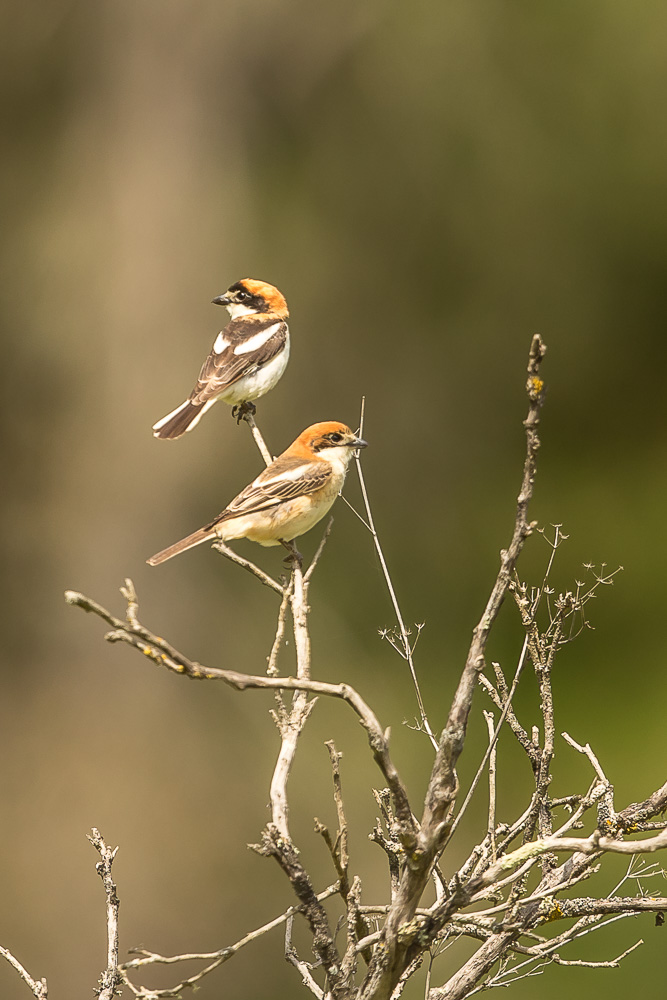
A male and female Woodchat Shrike scan the surroundings from their orange tree perch. The male has a blacker forehead. Their Linnaeum name, Lanius senator, is particularly descriptive, "Lanius" meaning a butcher and "senator" being a reference to their red head which is the same colour as a Roman senator's.
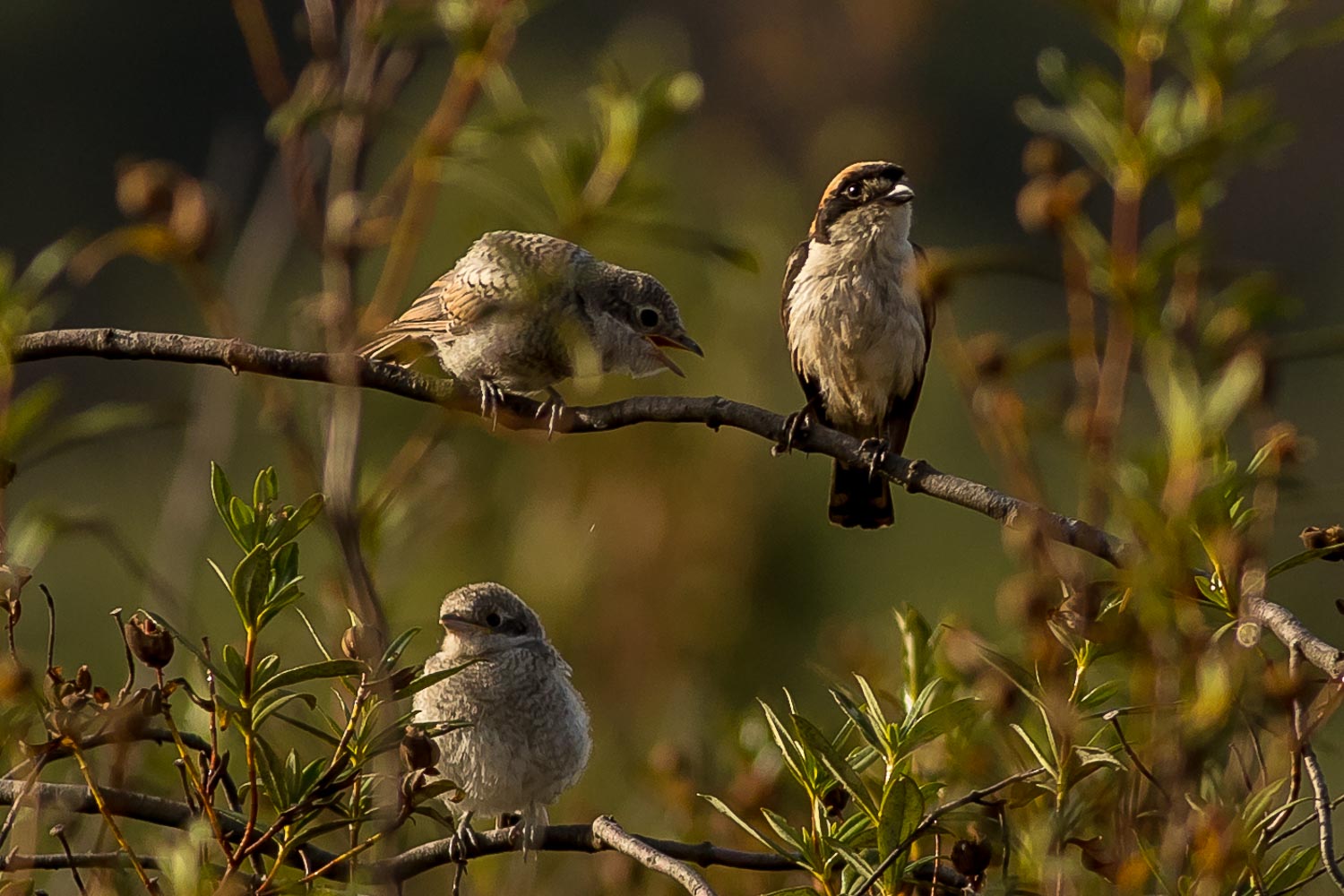
Woodchat Shrike chicks are often larger than their parents, and these two recent fledgelings were certainly that, and had a voracious appetite.

Nearby was a Common Nightingale. It was feeding its chicks also, and it was their constant peeping contact calls that helped us find them.

Unlike the Nightingale, Corn Buntings require no effort in their discovery, as they're anywhere and everywhere there's a bit of grassland. The male takes no part in raising the chicks, but spends his entire summer calling from a prominent perch.
 Another favourite, Rock Buntings can frequently be found in the Quinta's gardens themselves, so one really doesn't have to go far to enjoy the sight of one!
Another favourite, Rock Buntings can frequently be found in the Quinta's gardens themselves, so one really doesn't have to go far to enjoy the sight of one!
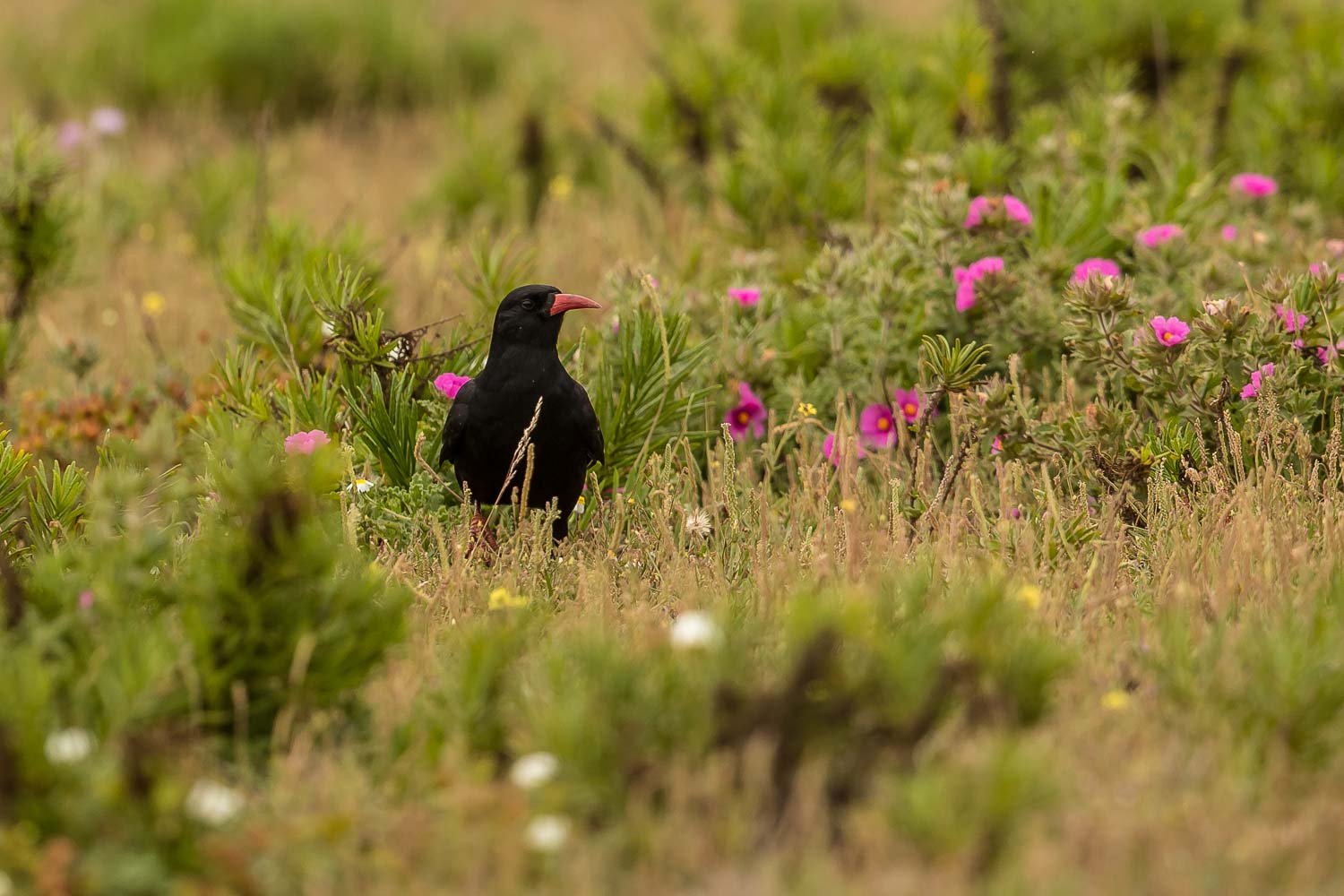
Sadly the above is not so true of Red-billed Chough, but the ninety minute drive is not so arduous and the scenery upon arrival spectacular.
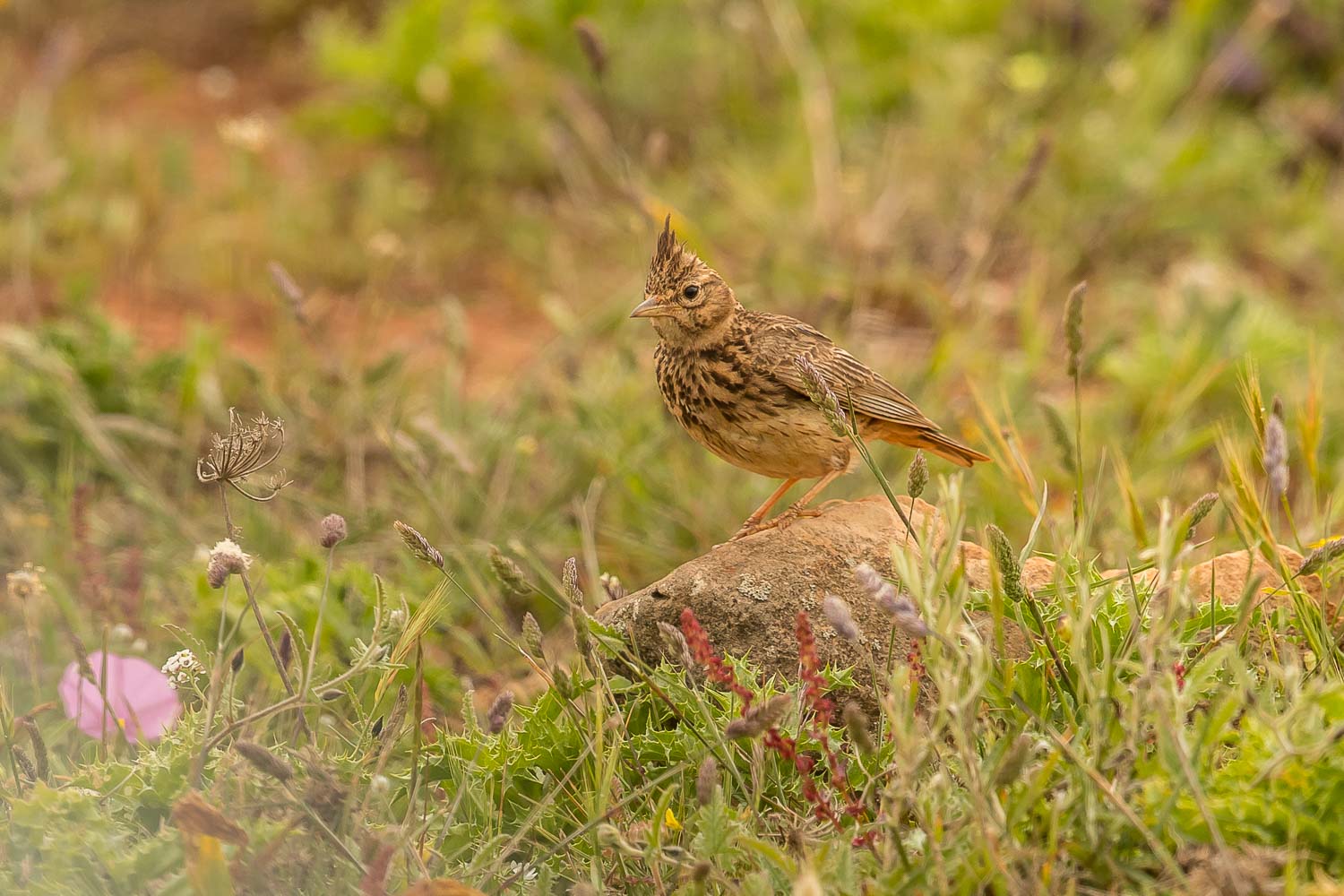
Crested Larks are the default species nearby, but there are several other varieties to choose from ...

There's the very similar Thekla Lark,
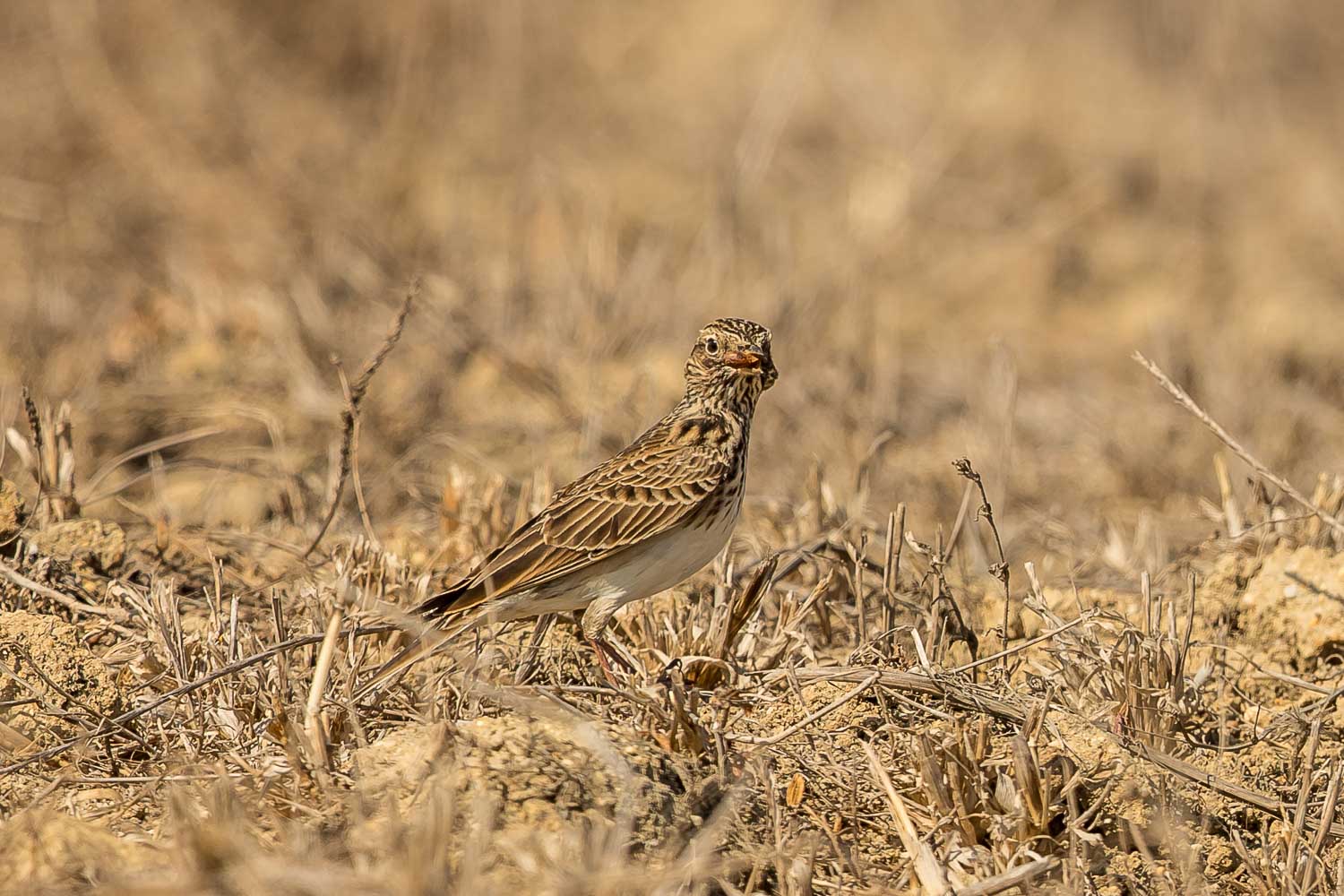
or the equally similar Skylark, though this species more often flattens its crest.

The beautiful Woodlark has a smaller tail and less extravagant crest, but it makes up for this with its beautiful song.

Then there's the cryptically camouflaged Greater Short-toed lark, with its smaller crest and light brown "cap",

and finally, the last of our easy-to-find Larks, is the heavy-billed and collared Calandra Lark.
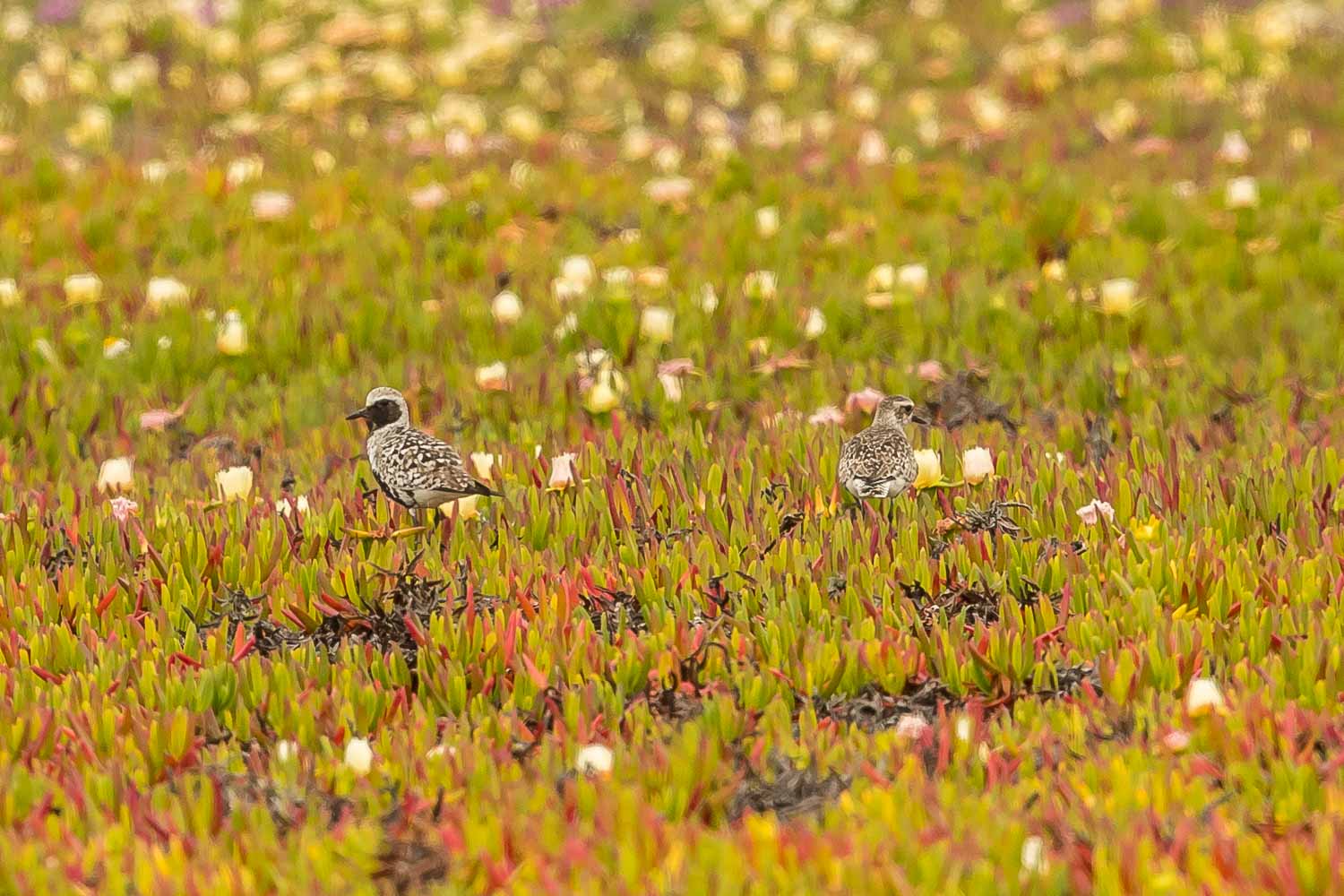
Grey Plovers can be seen with ease on either of the migrations.
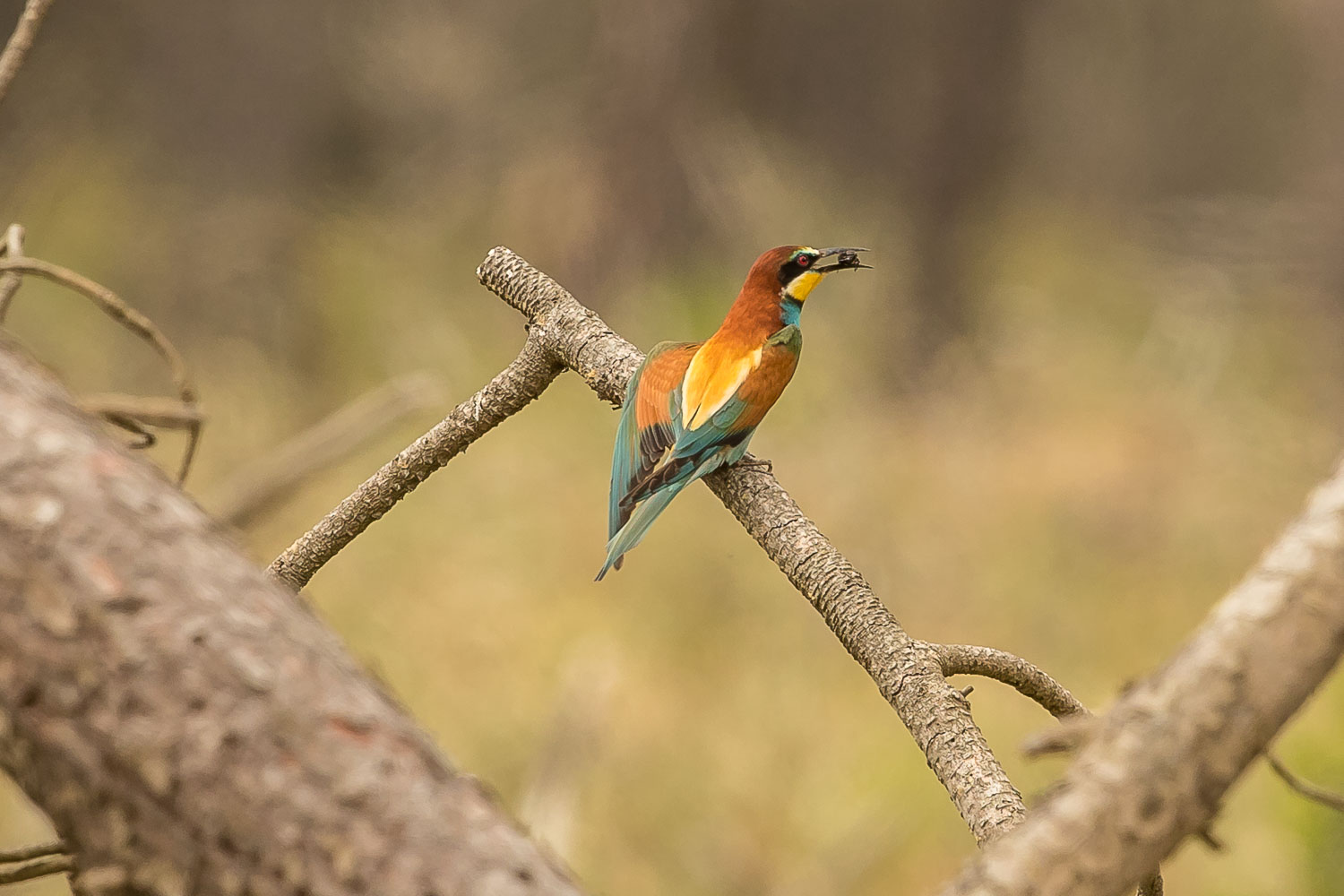
Bee-eaters are not confined to bees as a source of food; they'll take any insect, sometimes ones that look far too large for comfort.

Action at the Water Rail Hide can be frantic sometimes and one has to think ahead and be on the top of one's game even after hours of waiting to be able to catch a quick fly-past with food of this particularly skulky and difficult species.

Having a hide that is targeted at one particular species can mean many hours of waiting. Of course there are always other species turning up, but patience is the name of the game, and patience will ultimately be rewarded. Above is a Water Rail chick not many days out of the nest, and below, the same chick two and a half months later.

Happily I didn't have to wait the whole two and a half months but went home every now and again for a bite to eat!
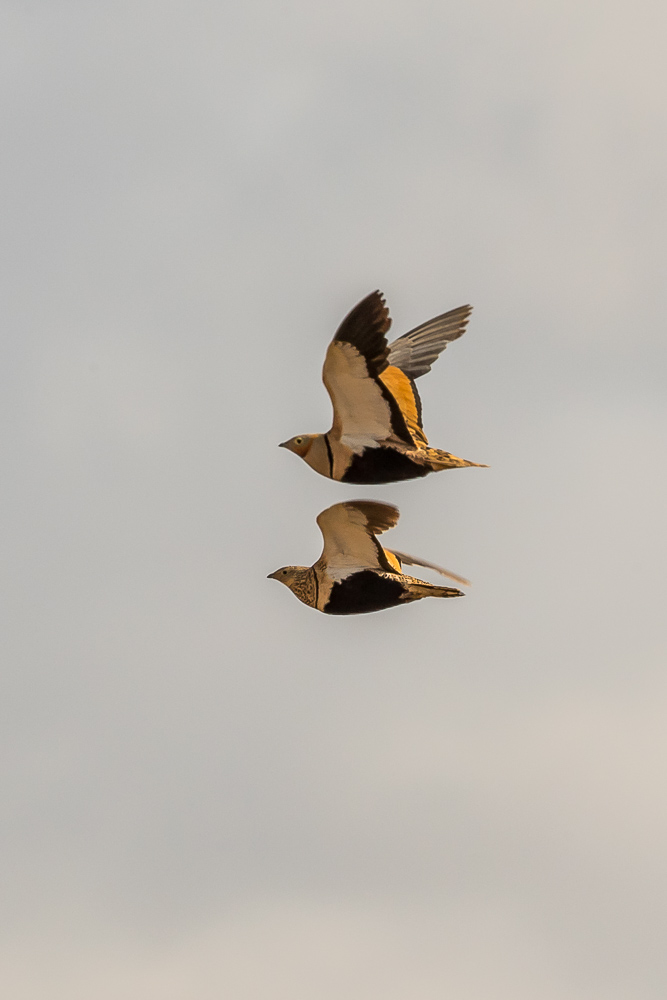
Personally I adore Sandgrouse, and nearby we have Black-bellied Sandgrouse. I like their call, their secretiveness, their flight, their plumage their - well, everything. It's always a pleasure finding them and even better showing them to those who also get a buzz from them.

In the same area there's the late-arriving and early-leaving Rufous Bush Robin. This year I was lucky enough to find a nest, (here she is bringing in nesting material), so had ample time to watch them raising their chicks.

Nearby Little Bustards were constantly calling "prrrrt", and my memory of watching the Bush Robins has that call as the upbeat soundtrack - and a sore bum from sitting still in a cramped position for so long as the downside!

During the Autumn migration Northern Wheatears pass through here in impressive numbers, and it seems sometimes as if every other post has one waiting to snatch a passing insect. Though they occasionally drop in during their migration north during the Spring, this is an uncommon experience, (as was the sight of a juvenile in the Quinta's garden on the 22nd June five years ago), and they're normally around for only September and October.
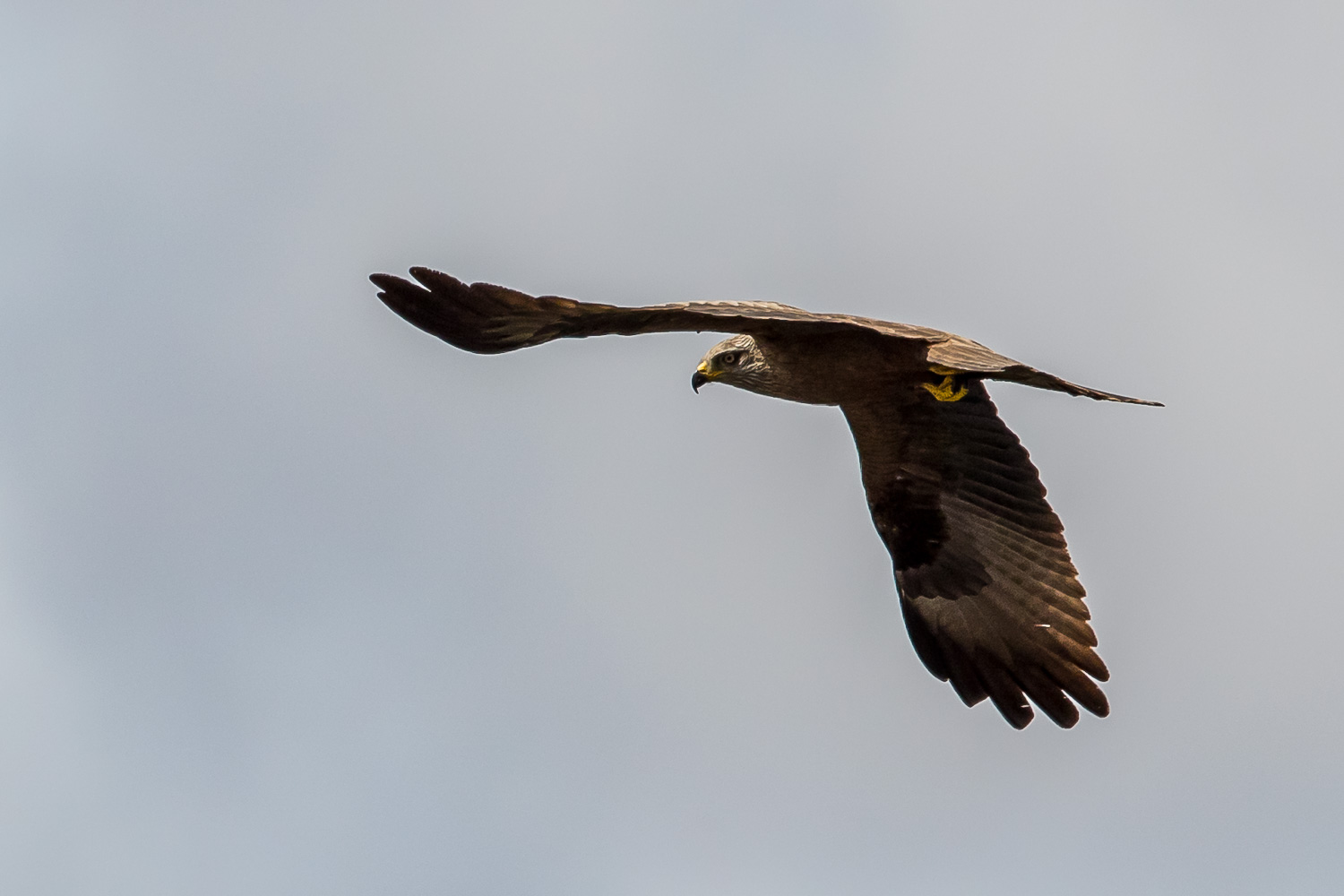
Flying south with them across the Sahara go the Black Kites, replaced during at this time by Red Kites who over-winter with us.

Another scavenger which shows a lot of movement at the same period is the Griffon Vulture, though this picture was taken during the early summer this year. It was a real surprise to come across this "bunch", (or is a group of Vultures on the ground still a "kettle"?), who were well inside Portugal. A surprise as they tend to prefer Spain nowadays - that country's policy towards the disposal of farm carcasses is more to the vulture's liking! It was even better to have the chance of seeing two Black Vultures with them, albeit juveniles.

Talking of collective nouns, that for Stone Curlews is an "apparition" - as it's so rare to come across one and they're normally invisible! Even catching a single one in the open like this is a success, but I had quite a wait for this one to come out from behind that grass.

I see more than my fair share of sunrises, and they're never a let-down ...

... but those on the top of Foia, with the sun barely breaking the horizon, and the whole of southern Portugal spread below you, will take your breath away.

If you can be up early enough to grab that golden light, every now and again you can find the shot you've been waiting for!

But it's not just Cattle Egrets that hitch rides with the sheep nowadays as there's been a marked increase in the population and distribution of Common Magpies.

Funnily enough Partridge chicks remind me more of Dinosaurs than almost anything else; go on, scale them up a bit and there you are, though I s'pose it helps if you squint a little!
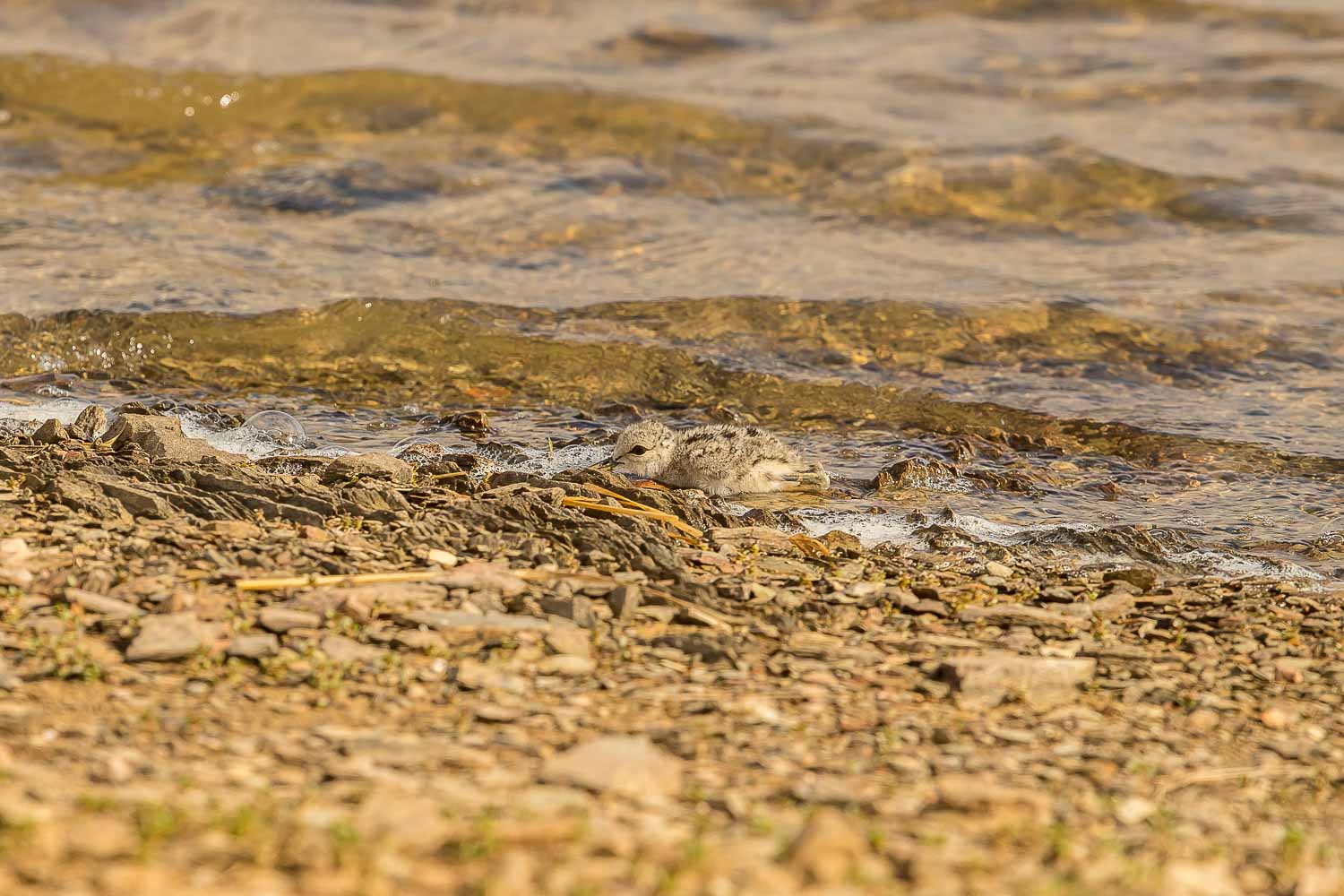
This was a Black-winged Stilt chick pretending to be a shore-side rock until I moved off. They're quite independent from an early age, and a fun fact is that the species has the longest legs of any bird in the world in relation to their body.
Now, I must get on as I'm meant to be laying a new path here at the Quinta, but I'll leave you with one last picture, and that has to be of the species that is usually at the top of everyone's Wish List, the Great Bustard.
It's been fun putting this little gallery of shots that "didn't quite make it" together, and I hope that you've had as much fun looking as I did making.





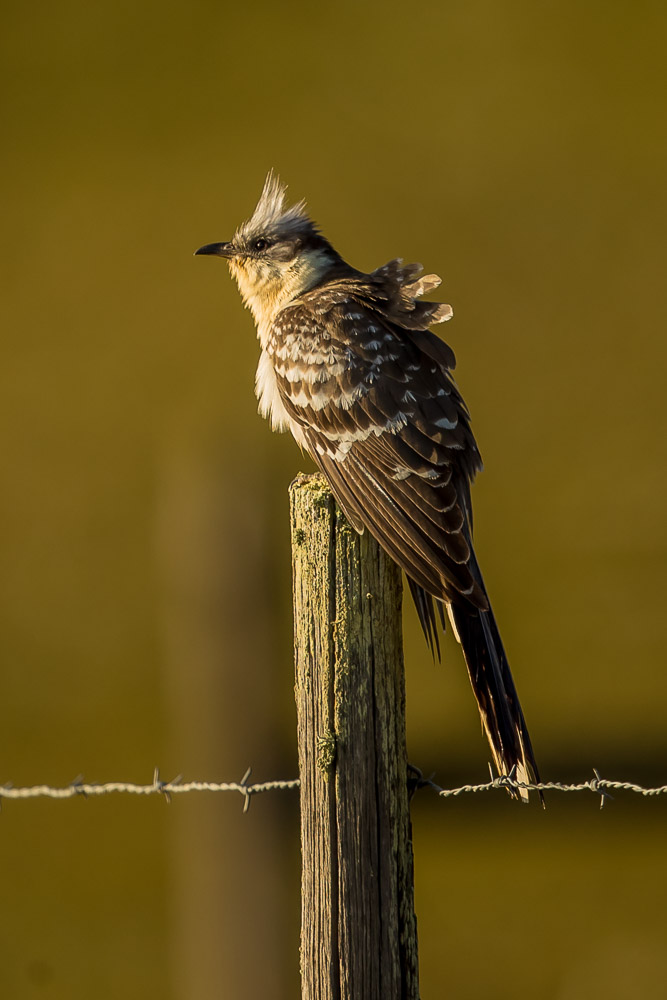
 Great Bustard (Otis tarda)
Great Bustard (Otis tarda) Montagu's Harrier (Circus pygargus)
Montagu's Harrier (Circus pygargus) Calandra Lark (Melanocorypha calandra)
Calandra Lark (Melanocorypha calandra)


































































































